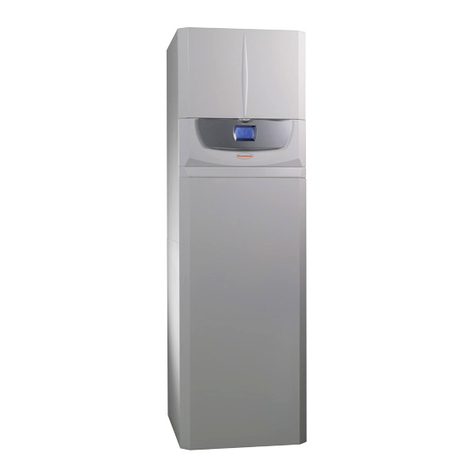Immergas EOLO Extra 24 kW User manual
Other Immergas Boiler manuals
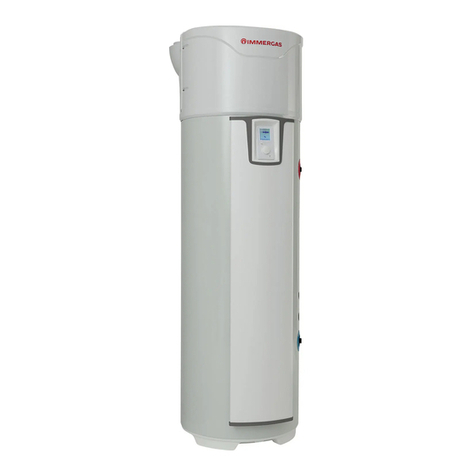
Immergas
Immergas RAPAX 200 V3 Product manual
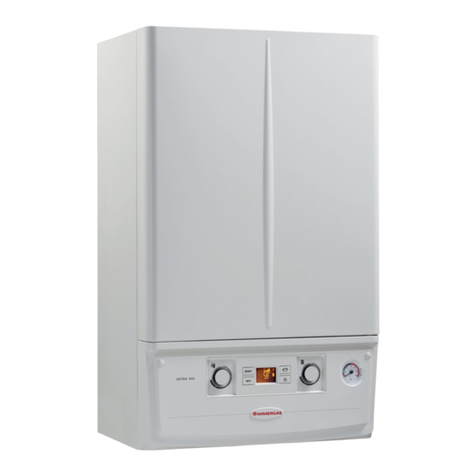
Immergas
Immergas VICTRIX EXA 28 1 ERP Operating instructions
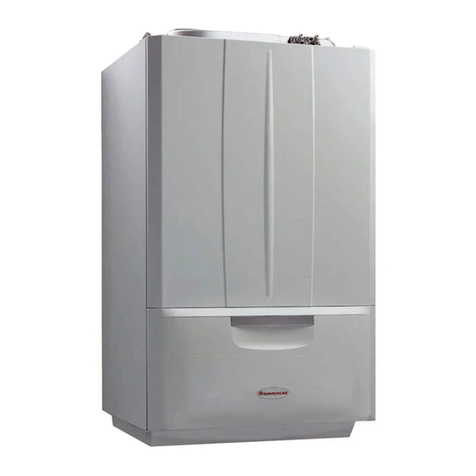
Immergas
Immergas VICTRIX TERA VIP Product manual
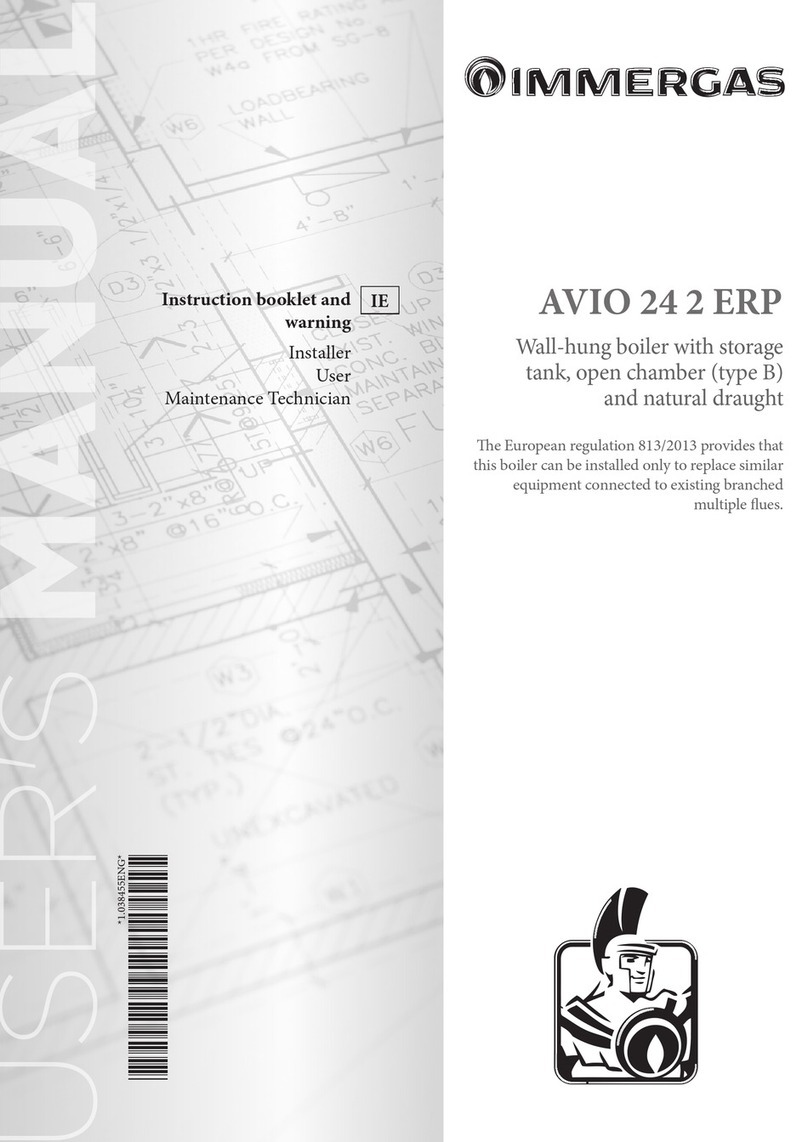
Immergas
Immergas AVIO 24 2 ERP User manual
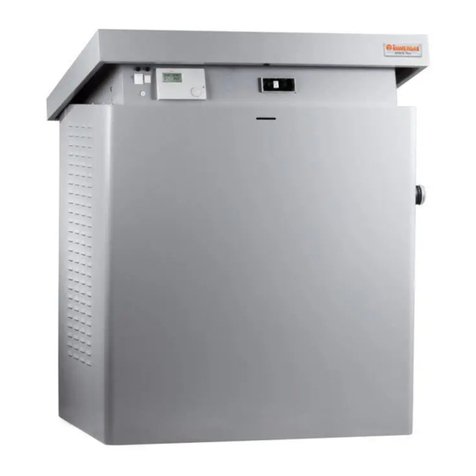
Immergas
Immergas ARES 150 TEC ERP Product manual
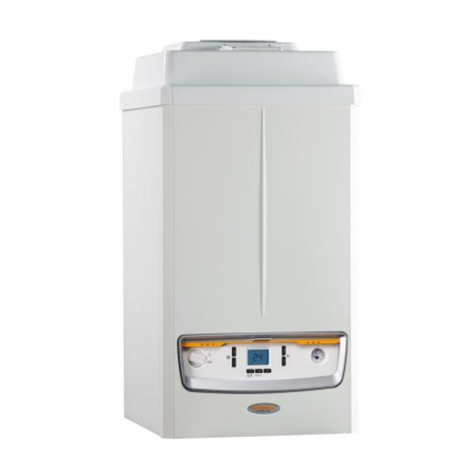
Immergas
Immergas VICTRIX PRO 1 I Series Instruction Manual
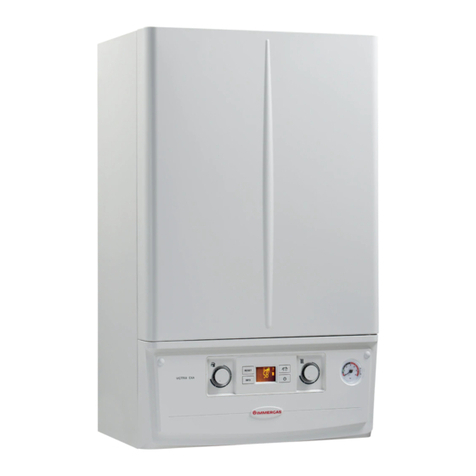
Immergas
Immergas VICTRIX EXA 24 X 1 ErP Operating instructions

Immergas
Immergas Victrix Pro 80 1 I Product manual
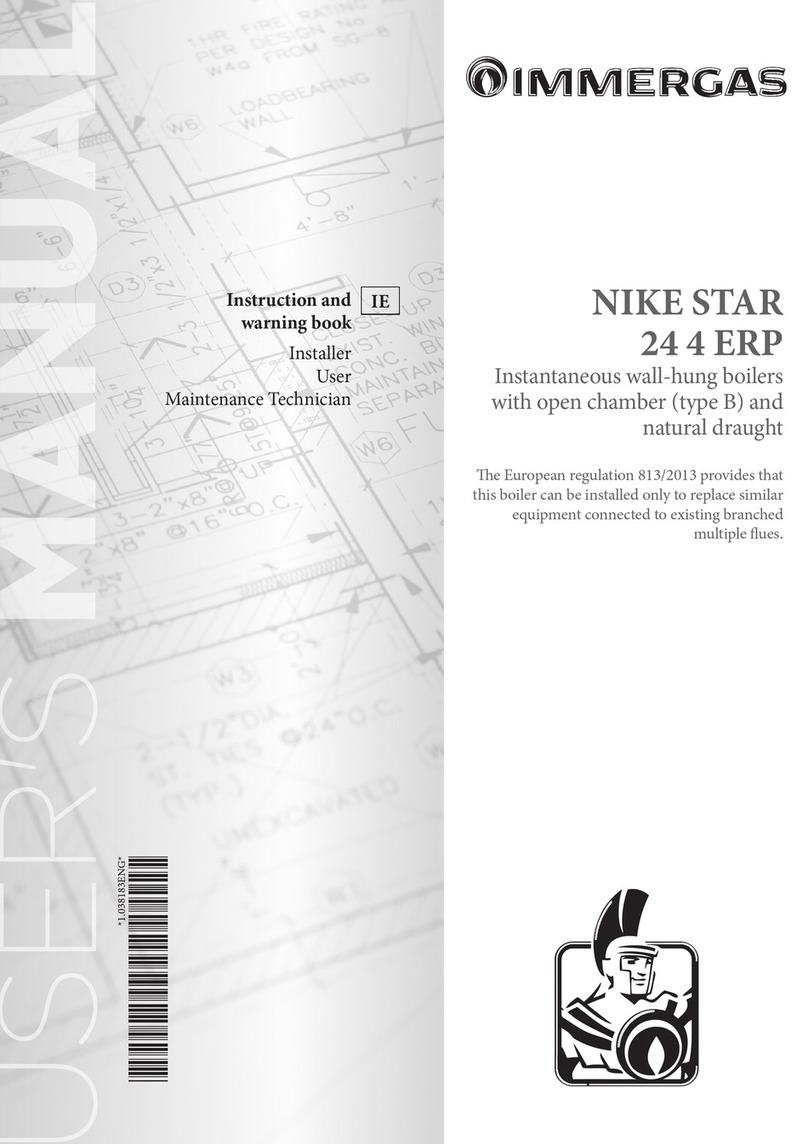
Immergas
Immergas Nike Star 24 4 ErP Product manual

Immergas
Immergas ARES PRO 150 Operating instructions
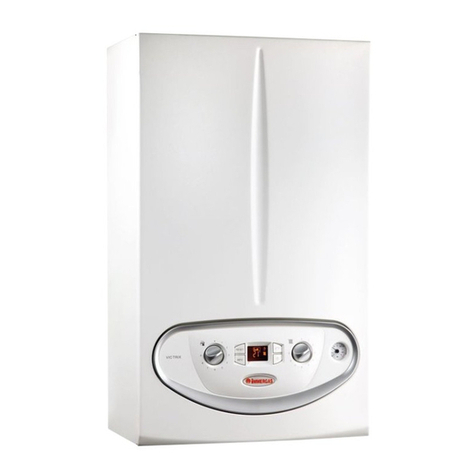
Immergas
Immergas VICTRIX 26 2 I User manual
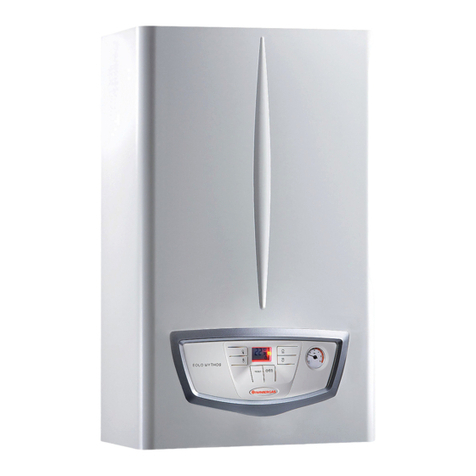
Immergas
Immergas EOLO MYTHOS DOM 10 1E Product manual
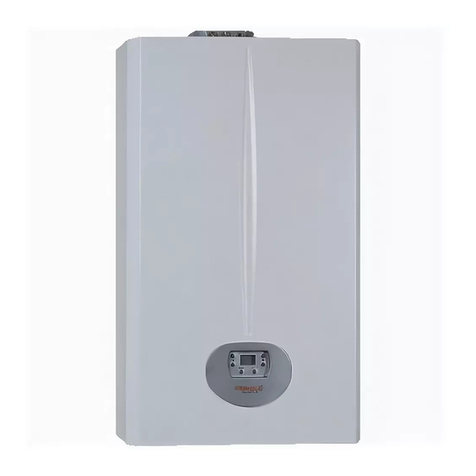
Immergas
Immergas EOLO Star 23 kW Guide

Immergas
Immergas NIKE Mini Export User manual

Immergas
Immergas VICTRIX EXA 24 X 1 ErP Operating instructions
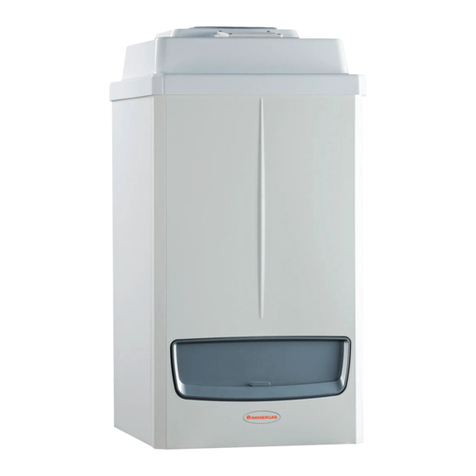
Immergas
Immergas Victrix Pro 80 1 I Product manual
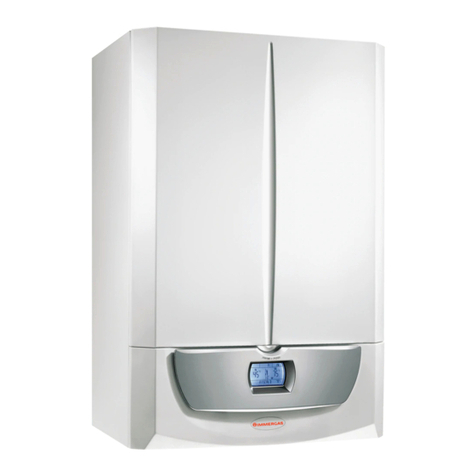
Immergas
Immergas Victrix-Zeus-Superior 32 2 ERP Operating instructions

Immergas
Immergas EOLO Mini Guide
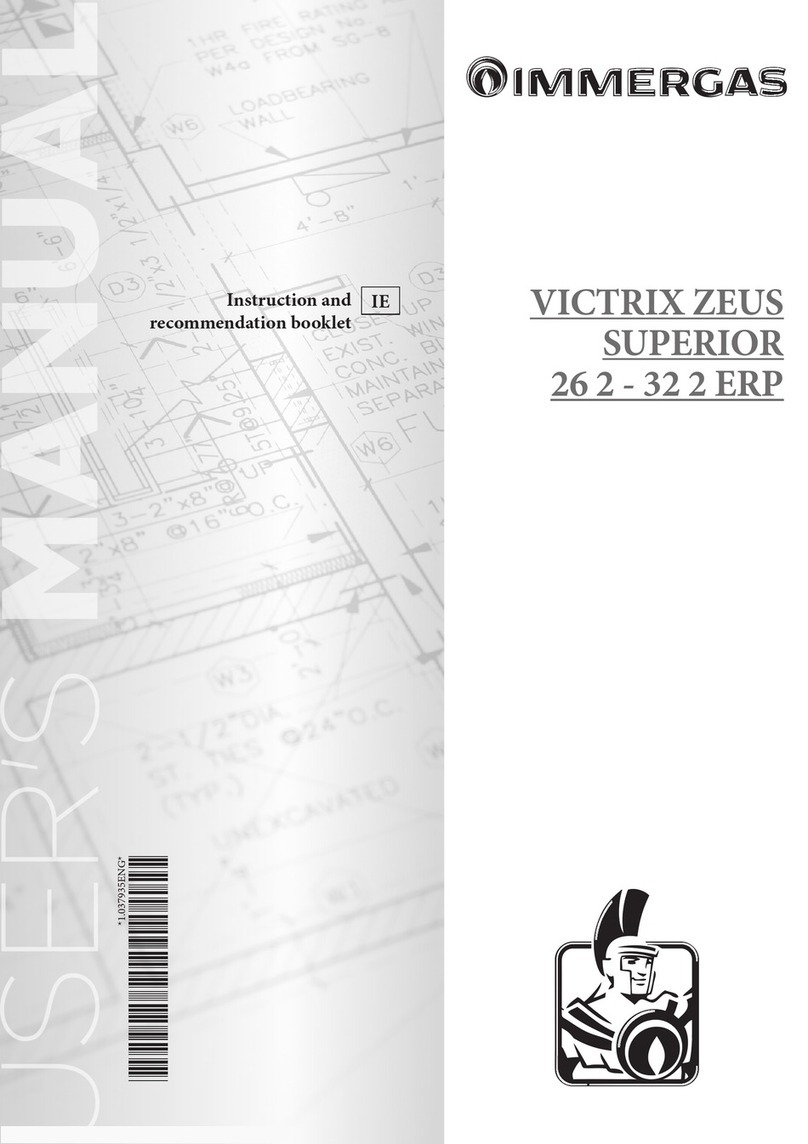
Immergas
Immergas VICTRIX ZEUS SUPERIOR 26 2 ERP User manual

Immergas
Immergas VICTRIX EXA 24 X 1 ErP User manual
Popular Boiler manuals by other brands

IDEAL
IDEAL IMAX XTRA EL 320 user guide

UTICA BOILERS
UTICA BOILERS BC3D Installation, operation & maintenance manual

Lochinvar
Lochinvar SOLUTION 260000 Installation & service manual

Weil-McLain
Weil-McLain EG 6 Series manual

RBI
RBI LCD Series Installation & operation manual

Baxi
Baxi MainEco Combi 28 Installation and service manual

Unical
Unical ALKON R 24 Installation and Servicing Manual

Automatic Heating
Automatic Heating Gasogen Installation and Servicing Manual

Viessmann
Viessmann VITORADIAL 300-T Type VR3 Service instructions for contractors

Alpha
Alpha GasSaver GS-1 Installation and servicing instructions

Baxi
Baxi ROCA LAURA PLUS 28/28 Operating, cleaning and maintenance instructions for the user

Vaillant
Vaillant uniSTOR VIH SW GB 500 BES operating instructions

Kärcher
Kärcher HWE 4000 Gas manual

Radijator
Radijator BIO max 23.1 instruction manual

Granby
Granby BKC Installation, operation and maintenance manual

Brunner
Brunner BSV 20 Instructions for use

Potterton
Potterton 50e Installation and Servicing Manual

UTICA BOILERS
UTICA BOILERS TriFire Assembly instructions



